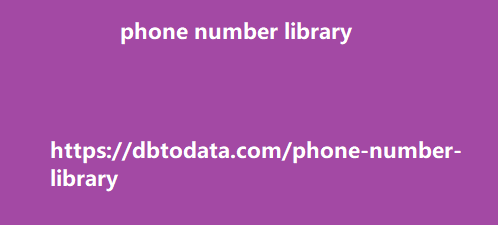Check the keywords Check if the title tags are appropriate for the page Check if the headers are correct Check for keyword placement Check the pictures for alt text Check if the links are updated and visible Check for meta descriptions You don’t need to follow these in order, just make sure to refer to them so you don’t accidentally neglect any of these points. table and checklist ready, it’s time to get down to business and learn SEO. Keywords If you’re checking a website that is up and running, this might be a little difficult to do.
However, search intent plays such a huge
role in SEO that it’s integral to check these things. If you search for specific keywords, would you expect to find the website you’re auditing? For example, if I Google “leadership podcast Philippines,” should I expect to find the Leadership Stack website in the SERPs? If the answer is yes, then that’s good and you can check the rest. If the answer is no, then it’s time to do a little keyword research. Title tags Title tags are one of the most important ranking factors, so it’s integral that you include your keyword in the title tag. If your keyword shows up in a user’s search query, then the search engine will show your page because it sees your page as relevant to the user.
Plus, Google says that “It’s often the primary
piece of information used [by the end user] to decide which result to click on,” so it’s crucial that you have a well-written title tag. Another reason why it is crucial to have an optimized title tag is due to the Google update that caused the “titlepocalypse.” Although the title tags have been reverted to their original state for now, it is still highly advisable that they accurately describe your page and answer the users’ queries so that if Google again decides to generate titles, they would be based on what you have already written. leadership stack title tag The title tag is the title of your webpage.
It lets the users and the search engines know
what the webpage is about. Before you even write the contents you think about the topic first. In the same way that it guides the rest of your article, the title tag also guides the content of your webpage. Headers Next, check your headers. In this example, it’s the homepage banner. It is the first thing that the people who land on your homepage sees, so it’s important that you make a good impression. Lead your way to success Leadership Stack header It’s also a good idea to check headers (among other things) to ensure that they are spelled correctly and don’t have any grammar mistakes.
Fixing the grammar won’t directly affect
rankings, but it will improve user afghanistan phone number library experience and give you some credibility in the user’s eyes. No one likes going to websites that look like they haven’t been proofread. Next, check if the main header of your page is in H1. The headers of your page help organize the content both for the search engine and the users. Think of your academic papers back in school. Instead of having blocks of text, you use headers to help your reader identify the sections of your paper. That is what your headers do. If your page does not have a banner (like a blog post, for example), then the main text in your page should be in H1.
So, the main header should be in H1, then the sub-
headers will be in H2, H3, and so on and so forth. You can check the headers of this article to see what I’m talking about. Lastly, check your headers for keywords. Your main goal is to still make the page as understandable and contextual as possible for the search engine and the user, so it’s good to incorporate your relevant keywords to the headers. Keyword placement and LSI Since I’m checking the homepage of a podcast website, I don’t have huge bodies of text to sift through. But if we think of a homepage as your introduction to your users, then you need to make sure it ranks in search engines.
In this case, I check for keyword placement as I
check the other elements of the what i’m learning about team building by coaching a kids’ soccer team webpage, such as the H1, title tag, meta description, image alt text, and body text. Keyword placement pertains to important areas where keywords should be found. As important as placement is, you also have to check for the coherence of the content of your page. This is where Latent Semantic Indexing (LSI) comes in. Think of it this way—when writing about a certain topic, you ensure that the words and phrases you use are connected to the topic you chose, right? In my case, I don’t have to keep repeating “Leadership Stack” all over my homepage, because there are other words such as “podcast episodes” as well that will signal to the search engine (and the user) that this page is about podcast episodes on leadership.
Image alt text Having your company or brand logo
on the webpage is highly recommended qatar data as your website is usually the lead’s first engagement with your brand. It’s important to check it for alt text. on-page seo audit alt text To check, simply right-click the image, click “Inspect,” and search for the alt text in the code. It will look like: img alt= “ “ The alt text is what shows up when your websitepicture is about so that it shows up during an image search, so it’s important that you give it the relevant keyword to help it rank in image search.

